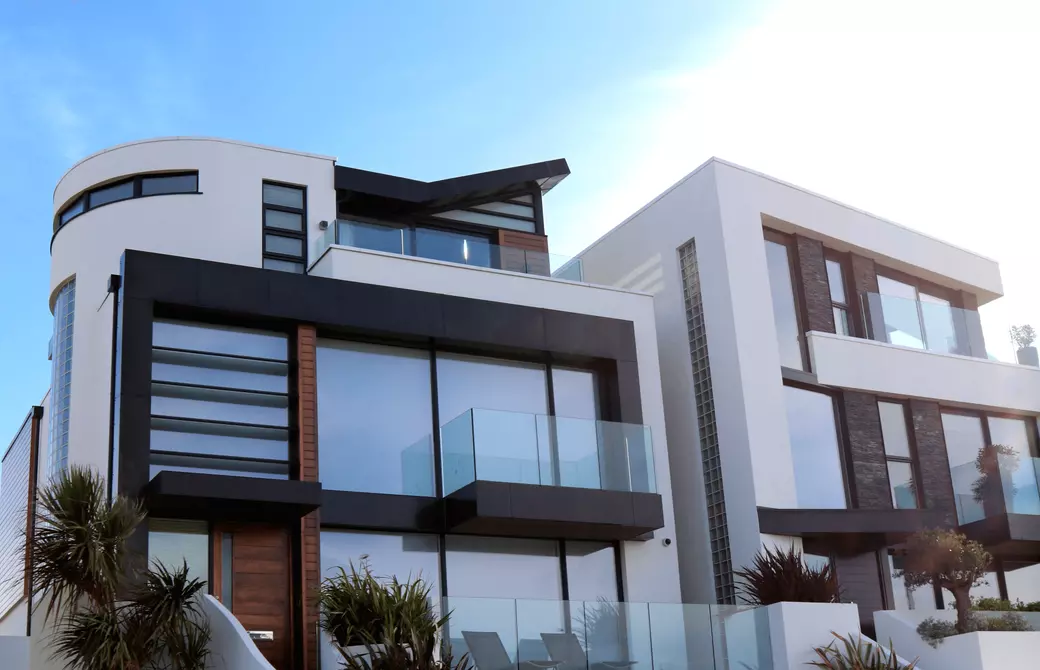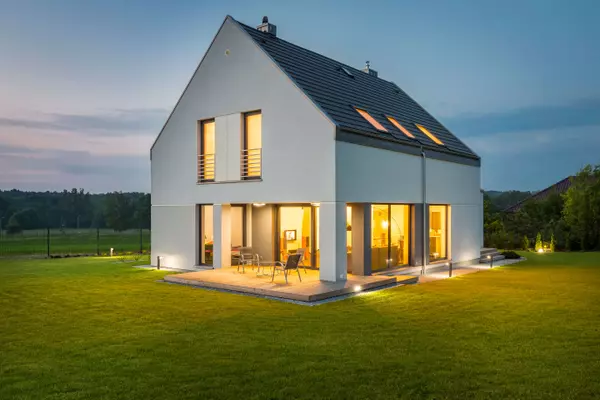The Future of Urban Living

The Future of Urban Living
As cities continue to grow and evolve, so does the concept of urban living. Real estate development in urban areas has seen many trends and innovations over the years, and it is important to understand the direction in which urban living is heading. In this blog, we will explore some of the key trends in city real estate development, including mixed-use developments, smart city initiatives, co-living, and transit-oriented developments (TODs).
Mixed-use developments have become increasingly popular in urban real estate development. These developments combine residential, commercial, and sometimes even industrial spaces within the same area. The idea behind mixed-use developments is to create vibrant and livable communities where people can live, work, and play. By integrating different types of spaces, residents have easy access to amenities, services, and job opportunities, reducing the need for long commutes and enhancing the overall quality of life.
Smart city initiatives are another significant trend in urban living and real estate development. As technology continues to advance, cities are becoming smarter, more efficient, and more sustainable. Smart cities use data and technology to improve various aspects of urban life, including transportation, energy usage, waste management, and public safety. From smart grids to intelligent transportation systems, these initiatives are reshaping the urban landscape and offering new opportunities for real estate developers. Buildings in smart cities are equipped with advanced technologies that enhance comfort, efficiency, and security for residents.
Co-living is a relatively new trend that is gaining popularity, particularly among young professionals and millennials. Co-living spaces are designed to provide affordable and convenient housing options for individuals who value community and shared experiences. These spaces often include private bedrooms and bathrooms, with shared living areas and communal amenities such as co-working spaces, gyms, and social lounges. By sharing resources and living spaces, co-living offers an affordable and flexible alternative to traditional renting or homeownership.
Transit-oriented developments (TODs) are also shaping the future of urban living. With the growing emphasis on sustainable transportation and reducing car dependency, TODs are designed to be located near public transportation hubs, such as train or subway stations. These developments aim to create walkable neighborhoods with a mix of residential, commercial, and retail spaces, encouraging residents to use public transportation, walk, or bike instead of relying on cars. TODs not only promote a more sustainable lifestyle but also offer convenience and accessibility for residents who can easily access amenities and services without the need for long commutes.
In conclusion, the future of urban living is exciting and full of possibilities. Real estate development in cities is evolving to meet the changing needs and preferences of residents. Mixed-use developments, smart city initiatives, co-living, and TODs are just a few of the trends that are shaping the urban landscape. As cities continue to grow, it is important for real estate developers and urban planners to embrace these trends and create sustainable, livable, and connected communities that will define the future of urban living.
Categories
Recent Posts











"My job is to find and attract mastery-based agents to the office, protect the culture, and make sure everyone is happy! "
200 8661 201 Street Langley, British Columbia V2Y 0G9, Canada
